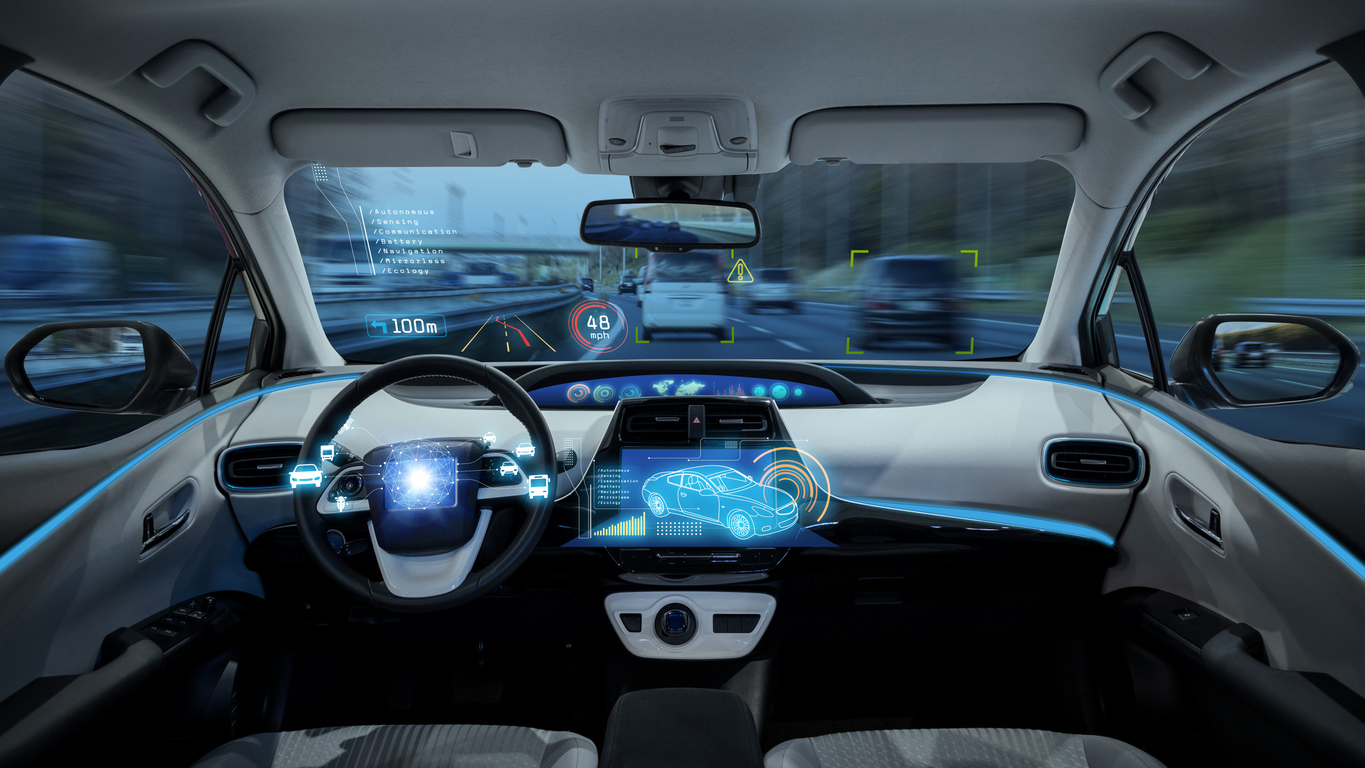Assistant professor in informatics, information architect, designer, piano player, author.
On being smart
”Everything that can be connected will be connected”. This meme has been around for a while now, and Sweden, as always, has been ahead of the curve. From customer oriented services to the big big plans with open data, the land of Svea is on the map. Smart cities are a part of this picture.

Be it testing out ways to improve infrastructures, maximize efficiency, and generally provide better services for citizens in Skellefteå, targeting climate changes by reducing the city footprint in Malmö , or zeroing in on traffic with Jönköping’s own bycicle barometer system and parking lots monitoring, we have plenty of examples of cities or part of cities turning ”smart”, and quite a lot of projects running.
Adam Greenfield, writer, urbanist, a pioneer in the field of information architecture and urban computing, thinks we have been taking these ideas too far without thinking them through enough. While I’m probably less extreme in my condemning the current thinking around smart cities, I certainly agree that we could profit more from some intelligent criticism than from uncritical appraise and acceptance.
And I certainly agree that when, as Greenfield says, the way urban environments allows or constrains choices and actions largely ”resides in an invisible and intangible overlay of digital information that enfolds the physical city”, and our experience is no more ”shaped exclusively, or even predominantly, by our physical surroundings”, but ”by the interaction of code and data”, being technologically naive optimists is not a sound strategy.
In our book, ”Pervasive Information Architecture”, me and Luca Rosati argued that if we don’t design our future, it will design us. We wrote:
it is not difficult to see that this might seem extreme to some of us, some sort of a (possibly) benign, marketing-driven dystopian future from a Philip Dick novel. But we urge you not to allow yourself to be stopped by any prejudice: we are going there. (…) Powerful traction is being exerted by all those who have an urgent need to control: paternalistic governments, evil corporations, family control freaks, prospective burglars, or plain lunatics. (…) Hiding in a closet and wishing this away is not going to work. Poking fun of technophiles does not work either. Sometimes the shades of gray vastly outnumber any other color, and this is one of those cases.
I think this still stands. Greenfield articulated some of his concerns and counter proposals at Webstock 13: here is the video of his talk, ”Another city is possible: The smart city from above & below”.
Whether you agree or disagree with Greenfield, his lucid analysis and his propositions are a necessary counterpart to the often very superficial acceptance of technological change as predetermined, un-designed, and ineluctable. Greenfield elaborates his views in his most recent pamphlet, Against the Smart City, and his past work with Mark Shepard on digital urbanism and situated technologies is also worth a read.
Me and Luca Rosati talked about some of our work in the area at the ASIS&T European Information Architecture Summit in 2011. Points to our score: we were wise enough to say sentient, rather than smart.
Detta är en bloggtext. Det är skribenten som står för åsikterna som förs fram i texten, inte Jönköping University.





